Table of Contents
- 1. Use email marketing campaigns.
- 2. Create relevant, well-researched content.
- 3. Be a consistent presence on social media.
- 4. Network online.
- 5. Create and gate premium content.
- 6. Try case studies, surveys, or a reviews program.
- 7. Leverage chatbots.
- 8. Host a digital event.
- 9. Use retargeting marketing campaigns.
Lead generation is a huge marketing buzzword, but what does it really mean?
According to HubSpot, an inbound marketing agency, lead generation is defined as:
“Lead generation is the process of attracting and converting strangers and prospects into someone who has indicated interest in your company’s product or service. Some examples of lead generators are job applications, blog posts, coupons, live events, and online content.”
The definition sounds practical, yet the practice isn’t as easy as it sounds. Lead generation strategies require an understanding of inbound marketing.
How optimized is your website? Do you utilize forms and landing pages? How’s your social media game? Do you send email marketing campaigns?
And how do you use all these components to generate leads? Mirabel’s Marketing Manager is here to help:
1. Use email marketing campaigns.
- “In 2019, global email users amounted to 3.9 billion users (Statista, 2020). This figure is set to grow to 4.3 billion users in 2023 (Statista, 2020). That’s half of the world’s population,” according to Oberlo.
- “Over 347.3 billion daily emails [are expected to be sent] in 2022 (Statista, 2020).”
- “For every $1 you spend on emails marketing, you can expect an average return of $42 (DMA, 2019).”
It’s clear that email marketing campaigns are beneficial lead generation strategies. To get the most out of your efforts, automate generic emails. Examples include cart abandonment reminders, birthday and anniversary offers, and shipping information.
Another great email marketing tip for lead generation is to add a popup. By adding a popup to your website, it asks website visitors upfront to convert. It’s important to ensure that you always offer premium content in exchange for the visitor’s email address. Popular choices include downloadable ebooks/whitepapers, newsletters, and free trials.
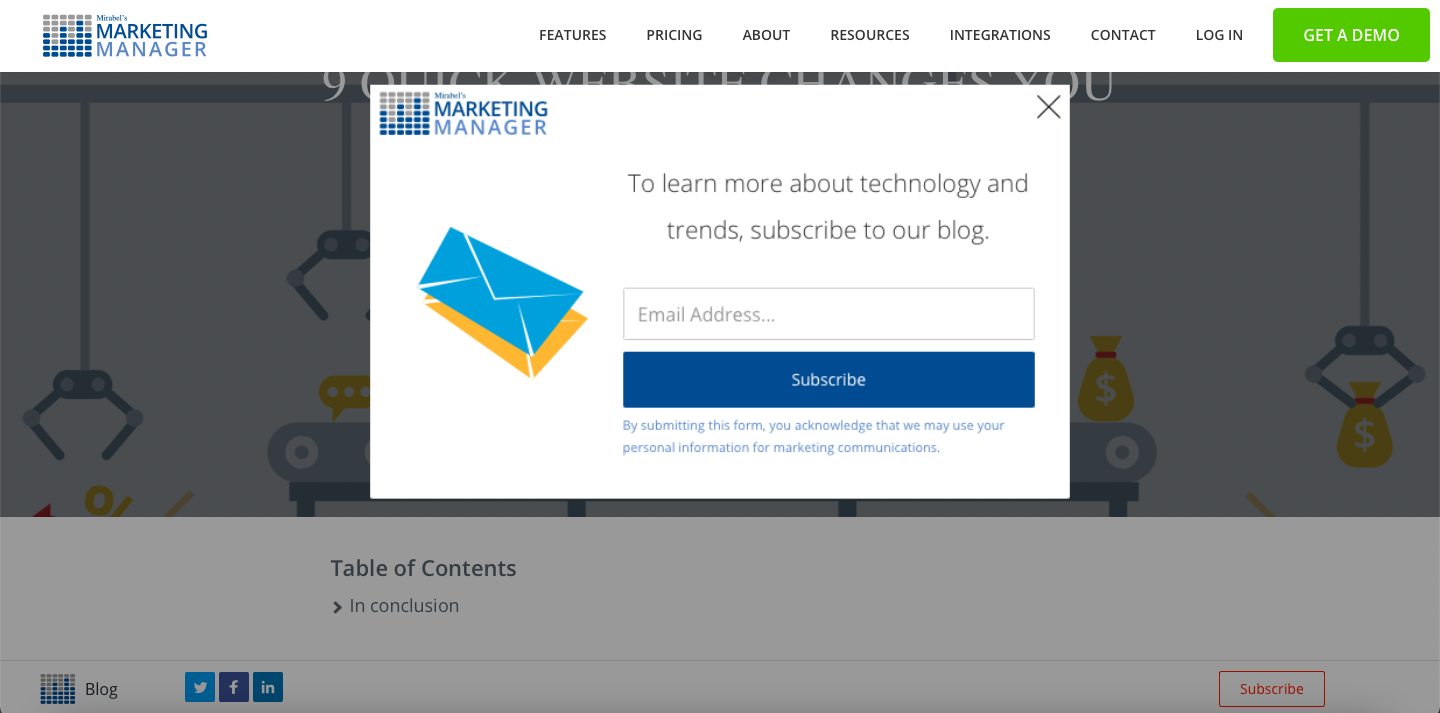
2. Create relevant, well-researched content.
- “Bloggers who write articles of 2,000+ words are far more likely to have strong results.” (OptinMonster, 2021)
- “Companies who blog get 97% more links to their websites.”
- “SEO leads have a 14.6% close rate, while outbound leads (such as direct mail or print advertising) have a 1.7% close rate.”
Content still leads inbound marketing strategies. Blogs and long-form content, such as case studies, outperform outbound (and, sometimes, other inbound) methods.
It’s important to produce content that’s relevant to your target audience. For example, if you run a digital magazine for chefs, don’t write about homeownership or do-it-yourself living room projects.
Use a bulleted list to break up lengthy paragraphs. Insert infographics, screenshots, and gifs/videos to visually demonstrate your content.
If your content checks off all these best practice boxes, it’ll become a trusted source, and eventually, a lead generation machine.
3. Be a consistent presence on social media.
- “Over 53% of the world’s population [is] on social media,” and nearly 16 users join every second. (Hootsuite, 2021)
- “98% of marketers say Instagram is the most influential platform for influencer marketing,” because “90% of people on Instagram follow a business.” (Sprout Social, 2021; Instagram for Business)
- “By February 2019, TikTok hit 1 billion downloads, beating Instagram and Facebook in app stores.” (Business Insider, 2021)
From long-standing competitors like Facebook to newcomers like TikTok (www.tiktok.com), it’s no secret that social media has taken over the world. It also provides at least six different avenues for lead generation: Facebook, TikTok, Instagram, LinkedIn, Twitter, and Pinterest.
Add microblogging sites like Reddit and Quora, and you’ve got a full social media strategy to determine.
Social media is a great lead generation tool, because it intersects at personal and professional. You’re using a platform that most people already have, so no need to wait for website visitors. Add calls to action, like Book Now or Visit Website, onto your profiles or paid ads, and watch the leads flow in.
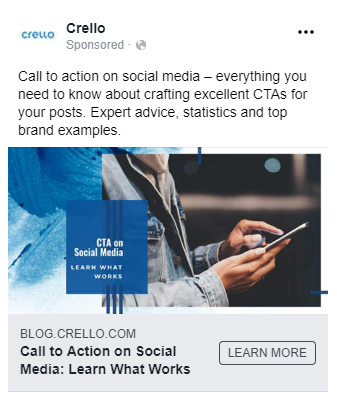
4. Network online.
- LinkedIn saw a 55% increase in conversations among connections in 2020. (Hootsuite, 2021)
- 96% of B2B content marketers use LinkedIn for organic social marketing (Content Marketing Institute, 2021)
- Companies that post weekly on LinkedIn see a 2x higher engagement rate. (LinkedIn Marketing Solutions)
Over the last two years, people around the world have been unable to meet in person due to the pandemic. This led to a surge of conversations and connections over LinkedIn (www.linkedin.com). It also led to an increase in engagement for LinkedIn content, something that was few and far between unless you were a LinkedIn “influencer.”
Whether posts by employees or companies, these long-form articles, pictures, and quick status updates boosted likes, shares, and comments on the platform.
While cross-posting is a thing, try to create original content. Social media posts have a shorter lifespan than website content. That means you need to prioritize and schedule these posts every day.
5. Create and gate premium content.
- “80% of B2B content marketing assets are gated.” (Scoop.it, 2014)
- “The average conversion rate for all pop-up forms is 3.09%.” (Sumo, 2019)
- “Only 22% of businesses are satisfied with their current conversion rates.” (Econsultancy, 2017)
Remember those ebooks, whitepapers, and case studies we mentioned?
These amazing pieces of content deserve to be gated. So, what does gating content mean?
As we briefly mentioned regarding popups, gated content offers give website visitors a premium piece of content in exchange for their email address.
The content hides behind a form that sits on a landing page. Users can access the content, usually via email or instant download, once they fill out and submit the form.
This lead generation strategy is tried and true, and we even offer a few excellent gated guides ourselves. (Check out our Beginner’s Guide to Email Marketing and/or our Beginner’s Guide to Landing Pages for examples.)
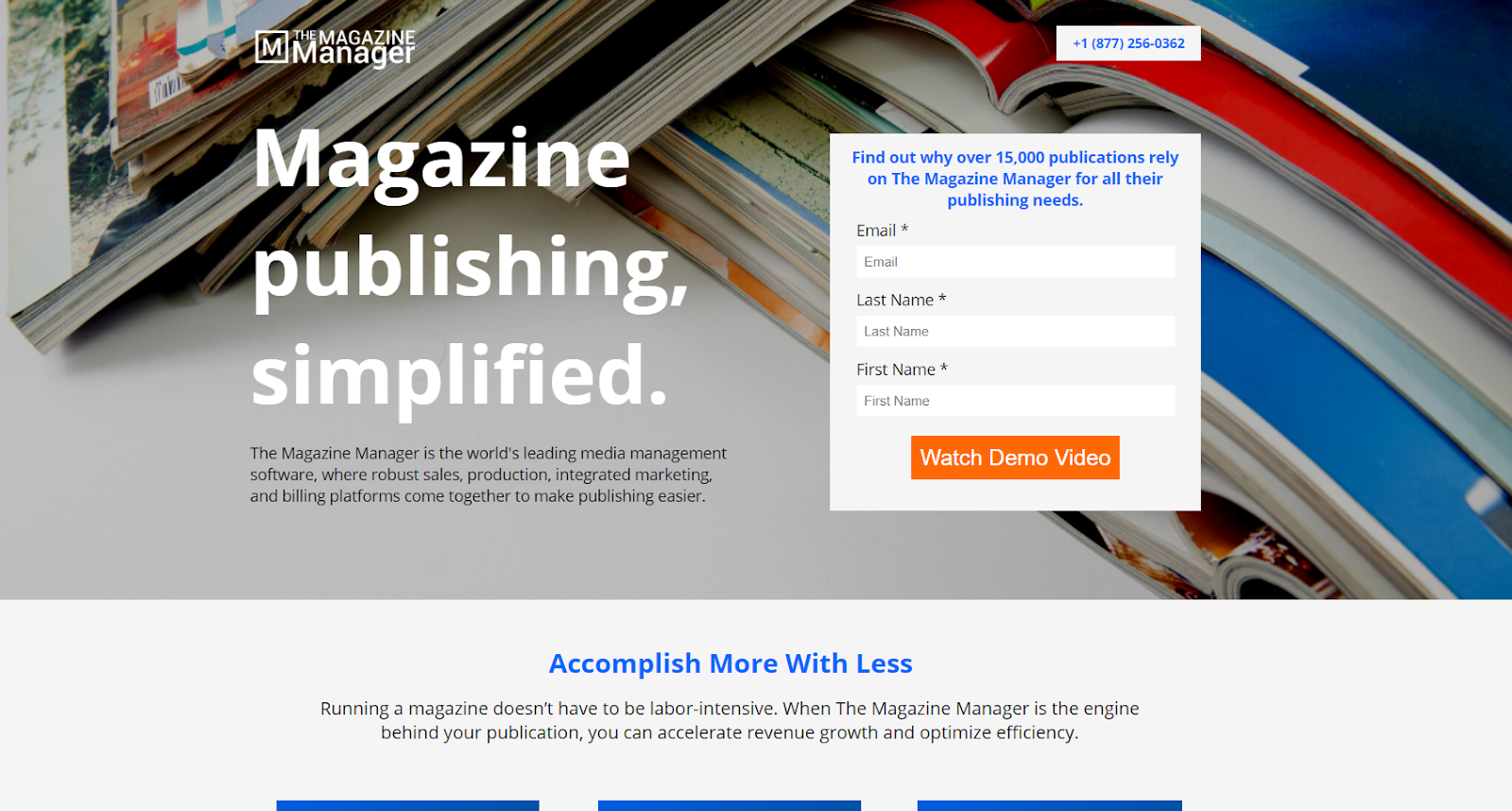
6. Try case studies, surveys, or a reviews program.
- “62.6% of eMarketer survey respondents say that [case studies are] effective in generating leads.” (Neil Patel)
- “13% of marketers name case studies as one of the primary forms of media used within their content strategy.” (HubSpot, 2020)
- “70% of B2B marketers believe case studies are an effective tool for the content marketing mix.” (Paperflite, 2020)
What’s more powerful than any other piece of content?
Reviews, survey results, and case studies.
Why? Because people trust their peers with experience to give them recommendations before they buy.
These customer-driven pieces of content are vital to lead generation because they indicate a sales-qualified lead. They’re most downloaded at the end of the decision-making process, which means a sales pitch (or closing the deal) isn’t far off.
7. Leverage chatbots.
- “Chatbots saw a 92% use increase since 2019, making it the brand communication channel with the largest growth.” (Drift, 2020)
- “Consumers cite ‘24 hour service’ as the biggest benefit of having chatbots available for the online services that they use” (Drift)
- “By 2022, 75 to 90% of queries are expected to be handled by chatbots.” (Juniper Research, 2020)
Chatbots are a great lead generation tool. Being available round-the-clock, chatbot technology is great for building rapport with website visitors, solving problems, and providing quick answers — all key indicators for converting leads.
Chatbots also save marketers time and money. Instead of spending countless hours on responding, a chatbot’s predetermined responses assist the visitor just as well. You can even add a personality to the bot, adding to your brand recognition.
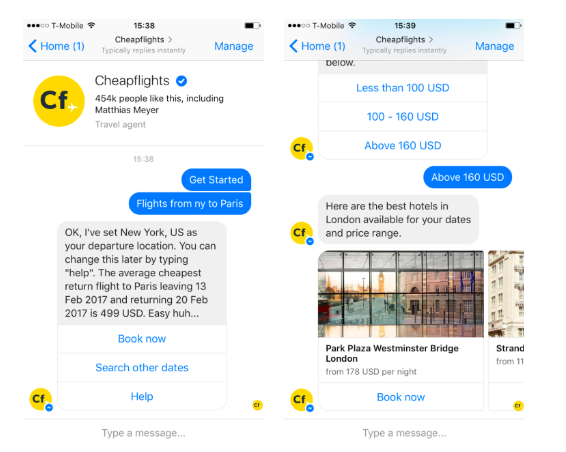
8. Host a digital event.
- “73% of B2B marketers say a webinar is the best way to generate high-quality leads.” (GoToWebinar)
- “On average, a webinar receives almost 260 registrations.” (ReadyTalk)
- “92% of webinar attendees want a live question and answer session at the end of the webinar.” (Medium, 2017)
Based on these statistics, it’s clear to see that webinars and other digital events, such as conferences and workshops, are high-quality lead generation tools.
By signing up for a digital event, this lead indicates that they want more information. They want to engage with Q&As, live comment streams, and reaction stickers/emojis.
The best part is that webinars, conferences, seminars, and workshops all cost less money (and hassle) than in-person events. It’s a valuable lead generator for a low cost.
9. Use retargeting marketing campaigns.
- “Website visitors who are retargeted are more likely to convert by 43%.” (Criteo, 2018)
- “3 out of 5 online viewers notice and consider ads showing products they viewed from another page.” (eMarketer, 2013)
- “The click-through rate (CTR) of a retargeted ad is 10x higher than the CTR of a typical display ad.” (Wishpond)
What is retargeting?
You’ve likely seen it as a consumer.
You search something on Google, and then an add pops up for it on an unrelated website. It might also show up on a social media ad.
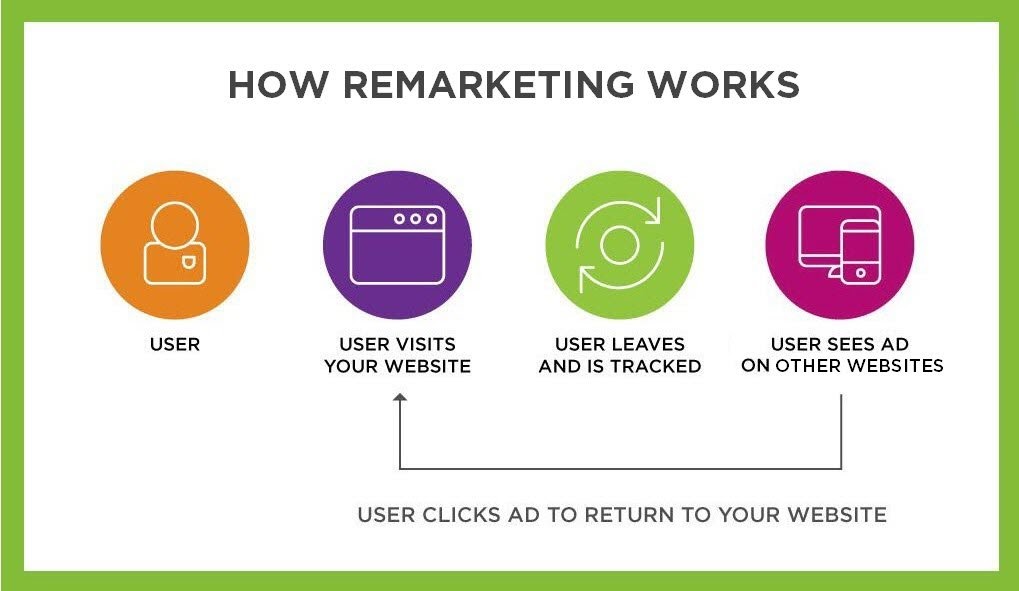
That’s retargeting (also known as remarketing) at its finest. Retargeting marketing campaigns is a great way to ensure lead generation. It’s unlikely that users will convert upon first visiting your site, so remarketing sends a gentle digital reminder, usually in the form of a banner ad. It reinforces brand recognition and nurtures them through the buyer’s journey.
Lead generation is something that every business needs, but it’s difficult to master. Take these strategies step by step and determine which works best for your marketing team.
SEE FOR YOURSELF
Watch an overview to learn how B2B marketing automation by Mirabel Technologies can help you increase traffic, optimize your funnel, drive more leads, improve conversions, and boost ROI — at a price you can afford!

